Shooting Giants: My Big Day Off at Mavericks
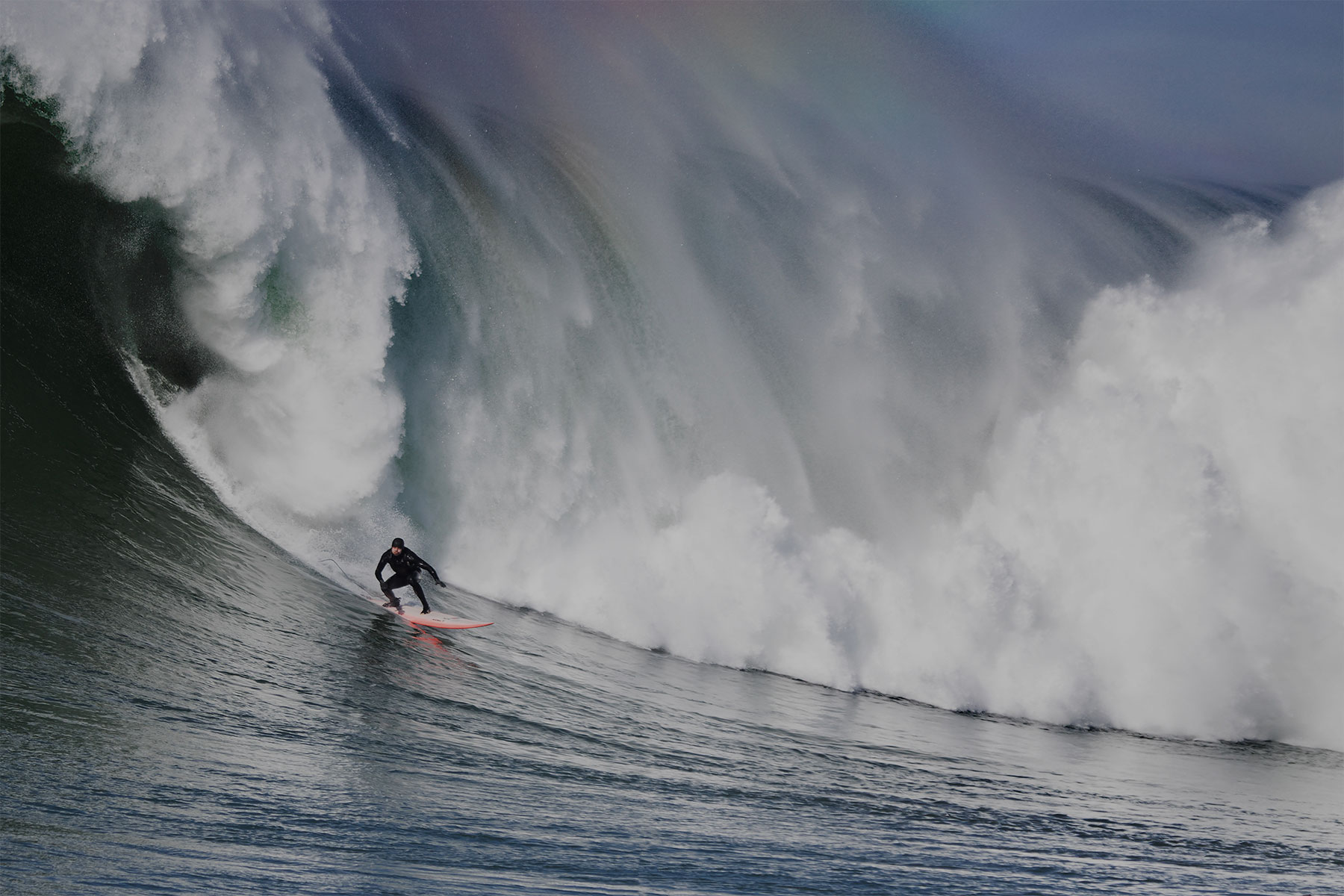
Last week, Mavericks, the massive surf-break south of San Francisco, erupted with a giant swell worthy of the world's best big-wave surfers. As an avid outdoor and action photographer, I've made the the quick drive down to Half Moon Bay, south of San Francisco, for the last four contests to watch (and shoot) in awe. Witnessing nature's power, cheering the brave surfers, and, yes, wincing at the carnage, is something I seriously look forward to every winter.
But Mavericks is very fickle for surfers – and even more-so for photographers. In a good year, the waves and weather cooperate only a handful of times to create perfect conditions for the competition. In a bad year, they don't cooperate at all and the contest simply isn't held. Furthermore, the break is a 1/2 mile off shore and tough to see, let alone shoot, from land. The only way to see Mavs 'ringside' is to actually be out there, on the water.
“The only way to see Mavs 'ringside' is to actually be out there, on the water.”
As I was sitting at my desk at M7 on Wednesday afternoon, I received an email from the boat I chartered for last year's contest. The official contest wasn't 'on' but they were expecting huge wells. A few dozen big wave surfers were already en route. The boat was going out. Without much hesitation, I broke the news to the M7 team that I'd be out for a good chunk of Thursday. I then procured my spot on the boat, made sure my lenses were clean, and my camera battery was fully charged (and that my memory card had enough space!).
It turned out that Thursday was an epic day at Mavs, with Surfline.com proclaiming the waves were 'as good as it gets.' They're the experts, so I'll take their word for it.
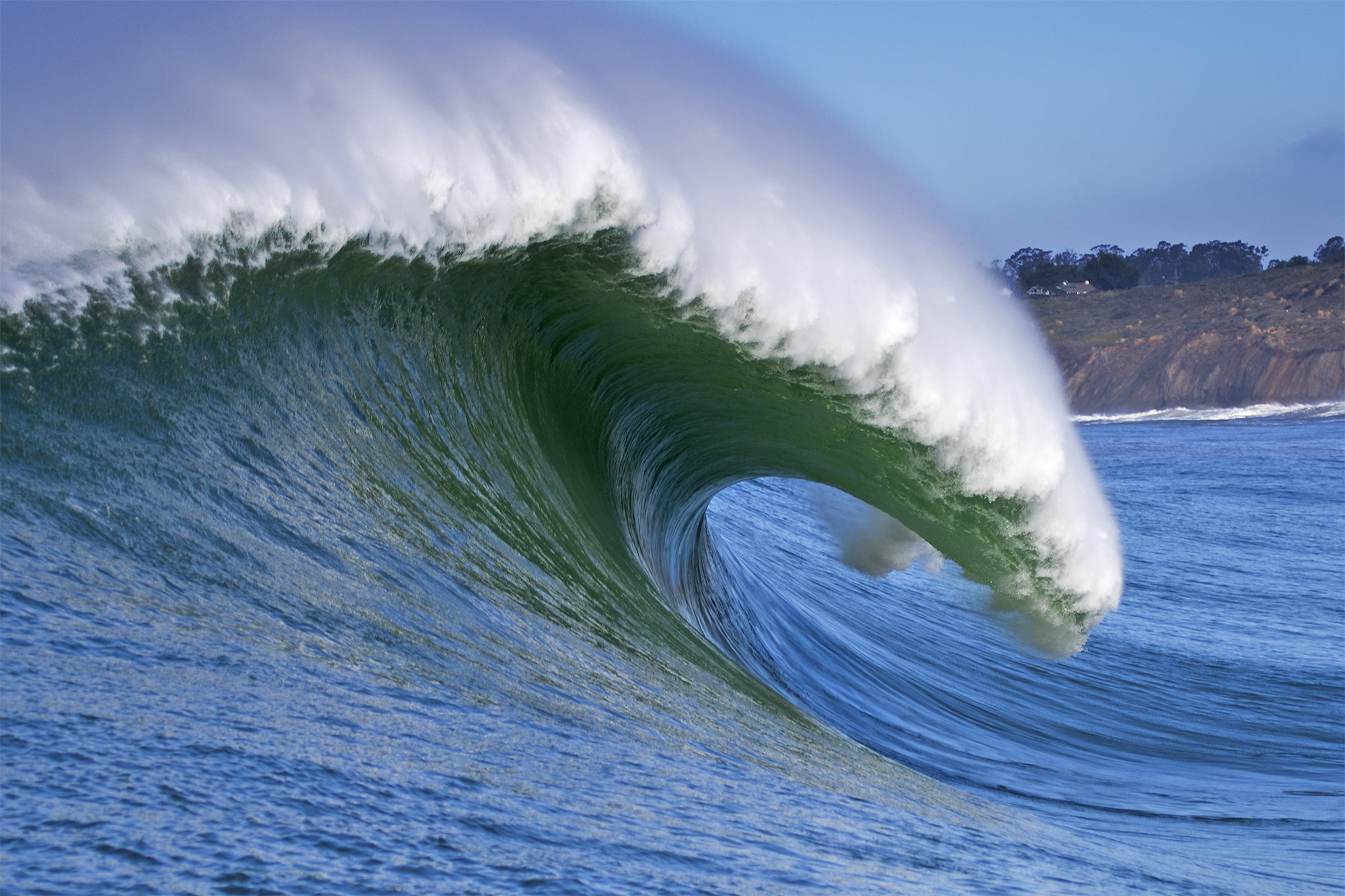
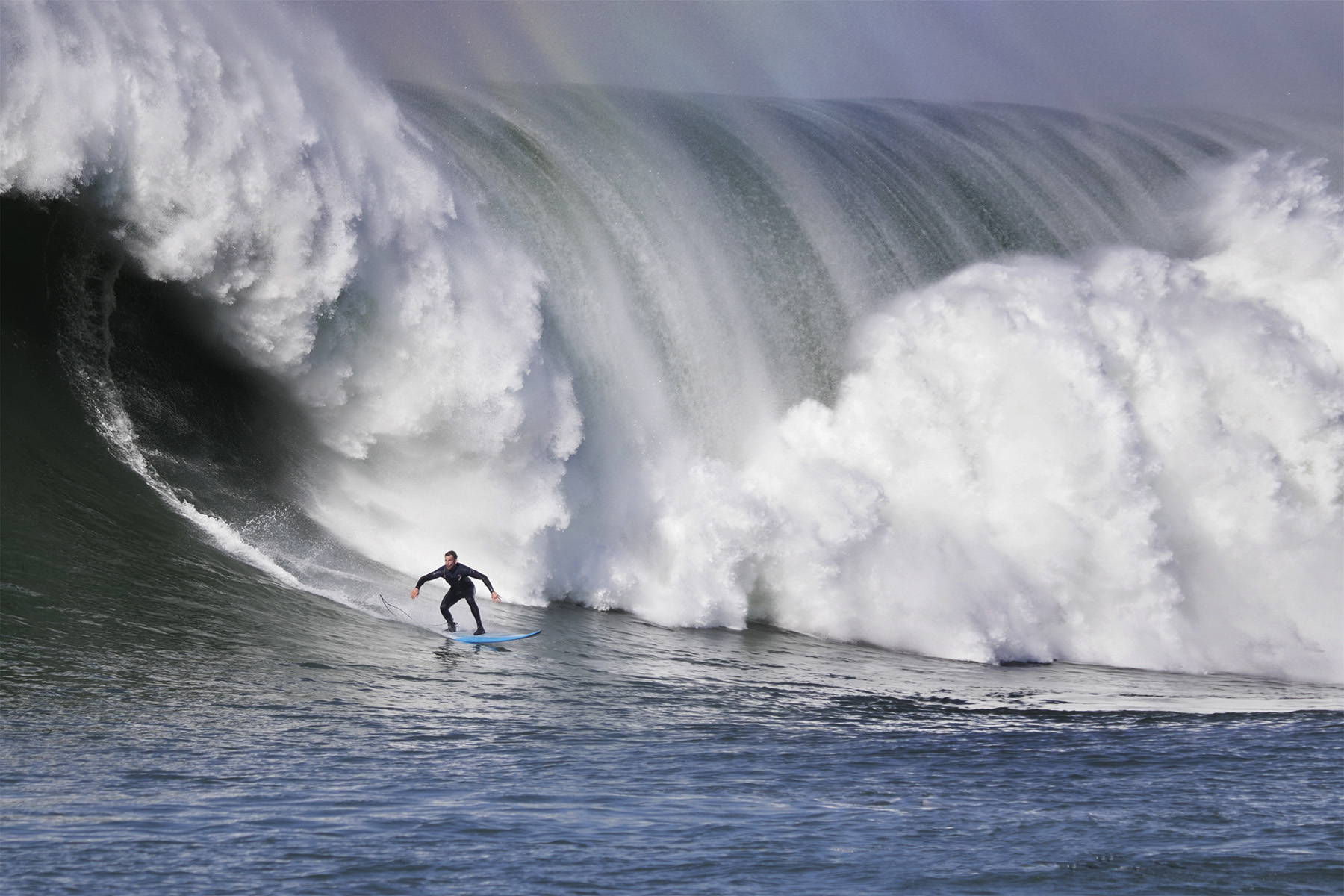
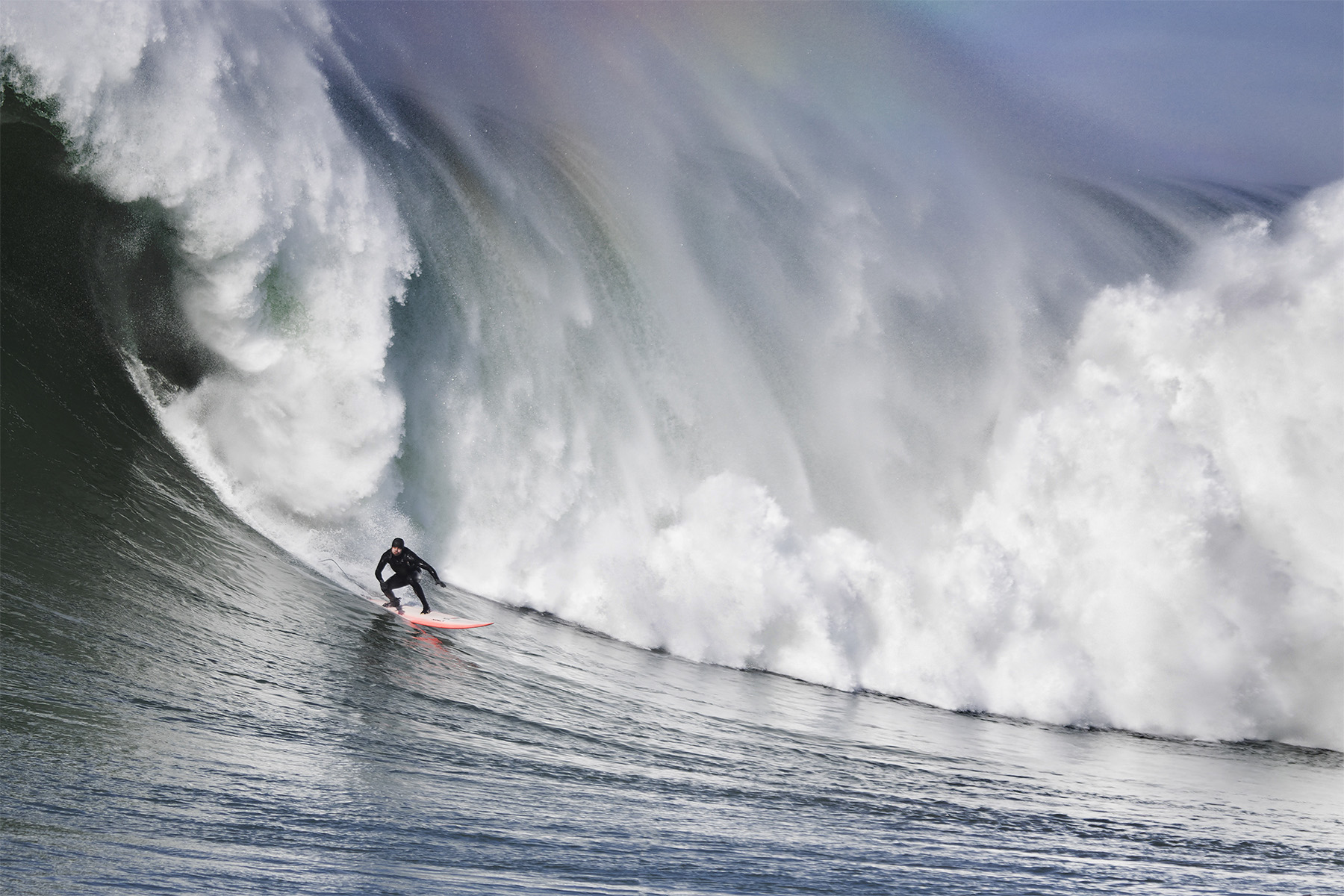
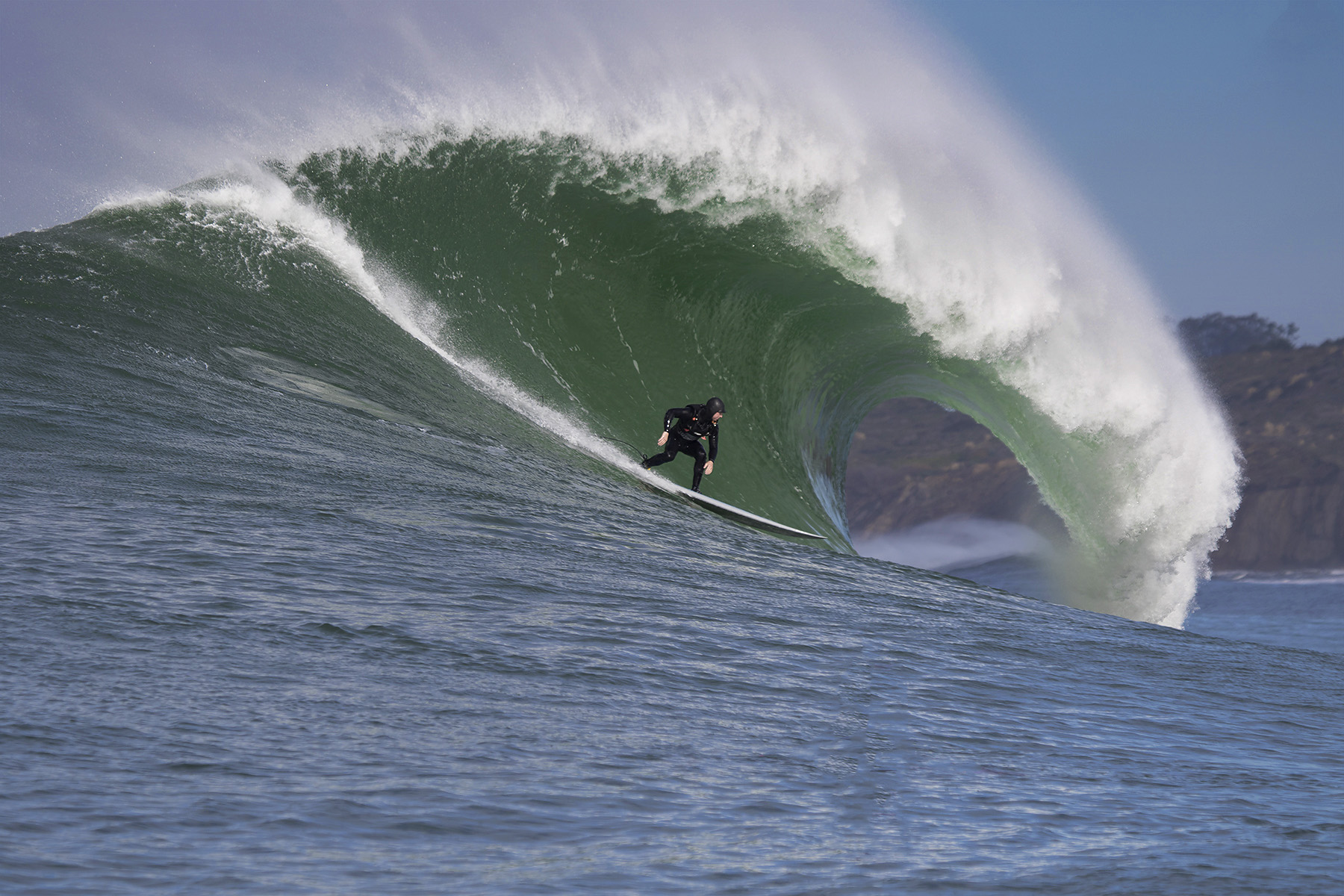
After sharing the photos you see here with a lot of people, many asked how I was able to get them. First, you absolutely have to have the right gear if you want to maximize your chances of getting an great shot you'll want to share on your favorite social media platform – or hang on the wall. My recommendations are:
- Lens – You'll need a zoom that goes out to 300-400mm. Being on a boat, you're moving around a lot and it's nice to have the flexibility of a zoom to get in tight, as well as back-off when needed.
- Camera – A body that does continuous shooting at least 6 frames per second, hopefully more, to catch that perfect moment.
- Files – Aways shoot RAW. There are a lot of different lighting conditions throughout the day, as well as a lot of glare. It's nice to have RAW files to recover any highlights in the waves that get blown out.
- Camera Mode – I like to shoot in manual mode. I set my aperture at f/8 , shutter speed at 1000 (or faster), and set ISO to 'auto'. That'll maximize the sharpness of your photos.
- Focus – Use AI servo which allows you to lock onto a subject (surfer) and maintain a focus-lock on them as they travel through the scene.
Or, like a lot of my fellow shipmates, forget photography altogether. Just bring your iPhone, take some selfies, and watch as some of the best athletes in the world take on some of the biggest waves on earth. There isn't a better way to spend a day on the West Coast.